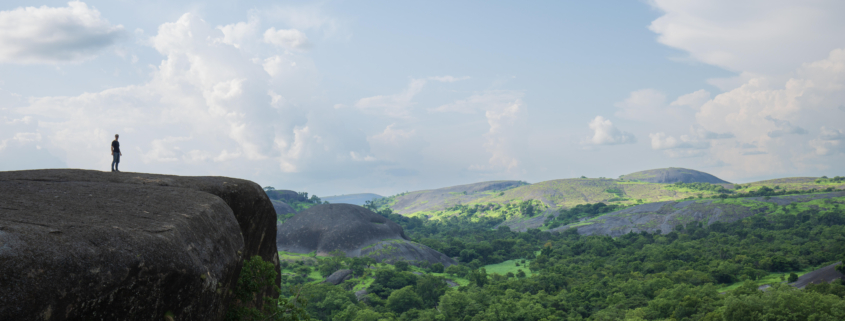This blog by Martina Santschi and CSRF calls for a conflict-sensitive engagement on communal land tenure, especially the use of rangelands, forests, and wetlands in South Sudan. As such, the blog is relevant for aid actors who engage in livelihood support, development, infrastructure building, support to returnees, refugees and IDPs, housing land and property issues, and conservation organisations. Settling and farming creates visible marks through buildings, roads, cleared land, ploughed soil, vegetables and grains growing…
repository
CSRF Research Repository
The CSRF Research Repository aims to support greater contextual knowledge for policy makers, programme managers, and implementers by providing a searchable repository of research, analysis, and resources, and providing periodic updates on new research and analysis.
Focusing on the Wildlife Service’s management of wildlife, this article explores the intersection between conservation and conflict in South Sudan. The article found that the durability of South Sudan’s WLS amid years of chronic warfare is due to its militarized conservation approach, which stems from a legacy of colonial institutional antecedents, rebel governance and regime politics. The article provides insights on how the militarized approach to conservation has defined the pattern of wildlife politics, including…
Photo credit: Benoit Morkel / Fauna & Flora Written by Ranga Gworo, this blog explores the extent to which local communities in South Sudan value wildlife. It also discusses strategies that local communities use to protect wildlife. Finally, the blog shares some suggestions on how conservation interventions can apply conflict sensitive conservation approaches. South Sudan is rich in biodiversity. Despite years of conflict that has led to the reduction of the number of Africa’s Big…
Introduction Elephants are iconic animals in South Sudan, featuring on bank notes and state flags and in many myths and sayings. ‘When the elephants fight, the grass suffers’ is one example widespread across the African continent: a popular expression about the effects that conflicts among political and military leaders have on ordinary people. The size and power of elephants has always impressed people and made them important symbols in human cultures. Known for their equally…
In this blog, Philip Winter explores the history and development of conservation in South Sudan from 1970s. The blog discusses how the prolonged conflicts, as well as other factors such as illegal game hunting, have contributed to the reduction in wildlife populations, which a few national and international conservation organisations are trying to reverse. To protect and develop the wildlife resource potential, considering that South Sudan has the largest animal migration in Africa, the blog…

Pages
- About Our County Profiles
- Blog
- Case Studies Grid
- Central Equatoria
- Conflict Sensitivity Resource Facility South Sudan
- Contact Us
- Contribute a Repository Article
- County Profile HTML links
- County Profiles
- COVID-19 HUB
- Covid-19 information page
- CSRF About Us
- CSRF Helpdesk
- CSRF Helpdesk Form
- CSRF Login
- Dashboard
- Deliverables
- Demo
- Events
- Forgot password
- Guides, Tools and Checklists
- Helpdesk
- Home
- Latest
- Looker Studio
- Subscribe


